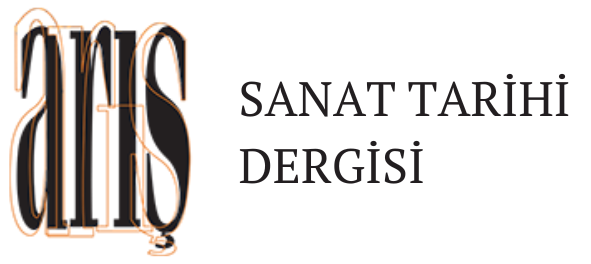THE TRADITIONS of YÖRÜKS in ANTALYA: İHRAM
Keywords: Antalya, Kumluca, Yörük, İhram, Kızılihram, Weaving
Abstract
Weaving is very developed in Anatolia, which has hosted important civilizations throughout history. Culture, living conditions and climate play an important role in the formation of weaves. The mountains which are extending to the south of Anatolia caused the altitude to change over the short distances so that results in different climatic values. In Anatolian geography, human communities who spend their lives changing according to seasons and adopting this mobility as a way of life are called Yörük. Considering that a life related to ovine livestock in Yörüks is maintained, weaving production is indispensable in terms of the evaluation of wool. Yörüks, living in Kumluca district of Antalya, have İhrams which are used as a prayer rug, grave clothes, load cover during migration or load used in tents or sacks woven with sheep and camel wool yarns with in two or three pieces and then tail with each others.
Today, Yörüks have left nomadism. They turned to agriculture and greenhouse cultivation as a source of livelihood and abandoned weaving. It was aimed to introduce İhrams produced and used in accordance with this lifestyle in the region where previously Yörük culture was maintained. In the study, technique, colour and composition characteristics of these fabrics are emphasized based on the data obtained from the field research.

